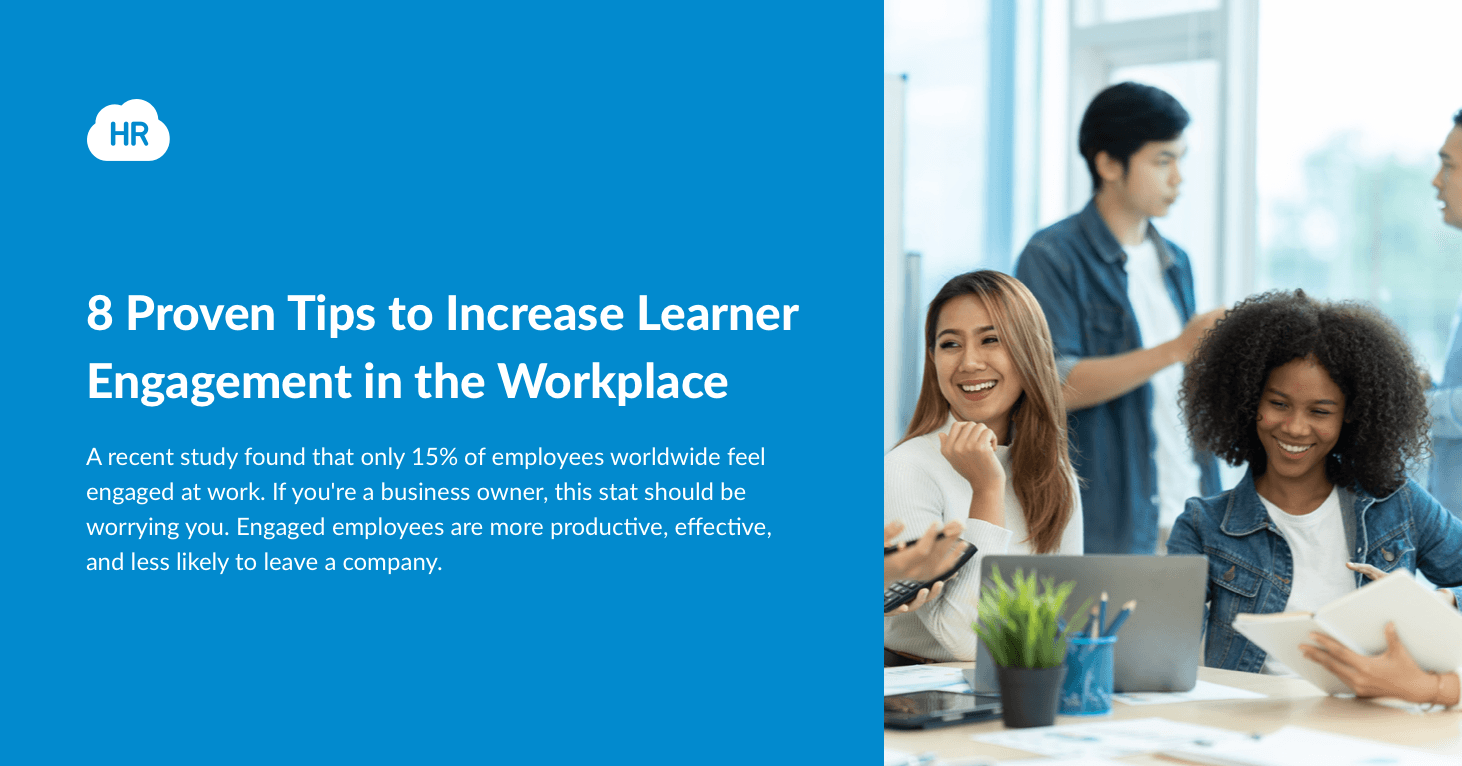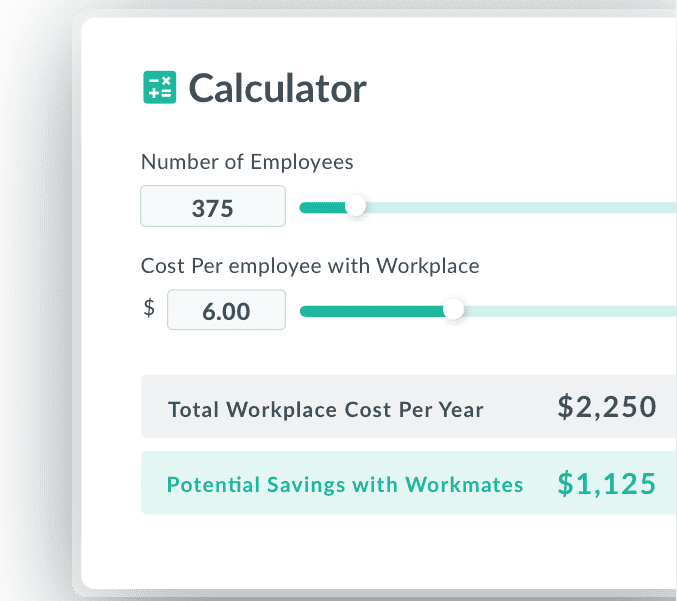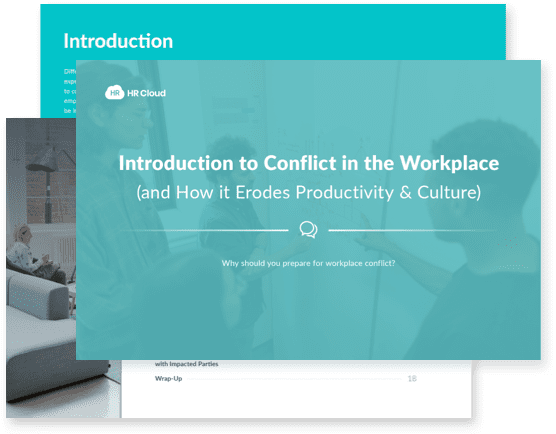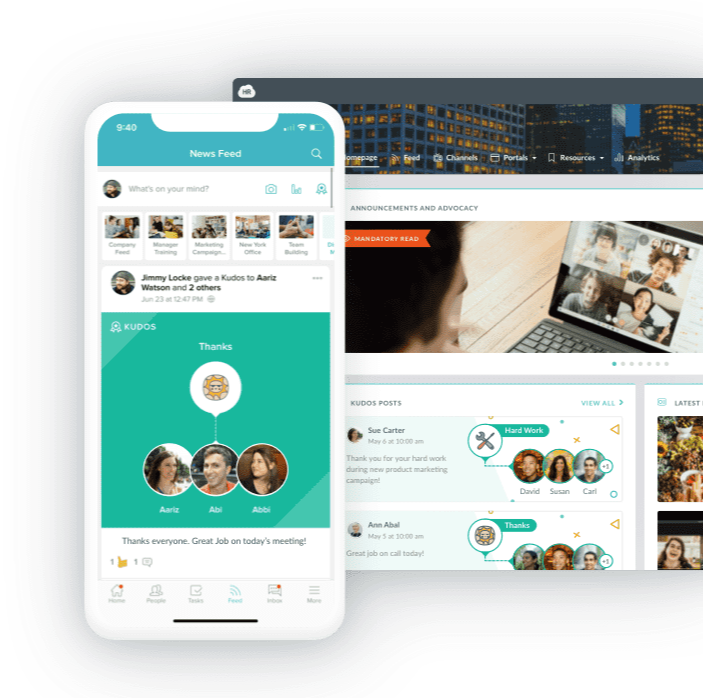8 Proven Tips to Increase Learner Engagement in the Workplace

- What is Learner Engagement?
- How to Increase Learner Engagement
- Encourage Active Learning
- Provide Effective Learning Tools
- Encourage Employees to Pursue Their Interests
- Provide Honest Feedback
- Mix and Match Learning Methods
- Offer Coaching and Training
- Use Gamification to Make Learning Fun
- Provide Opportunities for Social Interaction
- Conclusion
A recent study found that only 15% of employees worldwide feel engaged at work. If you're a business owner, this stat should be worrying you. Engaged employees are more productive, effective, and less likely to leave a company.
Keep reading to find out some of the most effective methods to increase learner engagement in the workplace.
What is Learner Engagement?
Learner engagement is a measure used to describe a learner's level of interest and involvement during their studies or training. In the workplace, there are several factors that affect this type of engagement, including training and course provision, the interaction between members, and motivation to learn. Such engagement methods always result in positive feedback, as employees find it easier to retain information and progress for a long time.
How to Measure it?
The survey, interviews, focus groups, and observation are the best methods to measure learner engagement.
-
Surveys allow educators to gather feedback from learners about their involvement in learning.
-
Interviews and focus groups provide insights into learner engagement.
-
Observation measures learner engagement, for example, by reviewing work progress.
Find Out How Much You Can Save by Switching to Workmates.
and save upwards of 60%

How to Increase Learner Engagement
Creating opportunities for employees stimulates them to interact with the material on a personal level. This can be achieved by encouraging new learning experiences and opportunities. From referral software to management tools, owners worldwide are implementing different strategies to make the workplace as positive as possible.
Therefore, it's important to consider employees' goals and needs before designing an effective plan that might work for them. With that said, if you're looking forward to engaging learners in the workplace, keep reading.
-
Encourage Active Learning
Active learning is a dominant strategy for improving teamwork and collaboration. By working together on projects and problems, employees can learn from each other and develop a greater sense of camaraderie. It is already shown that members who feel they can direct their own learning are more likely to be engaged and invested in their work.
Active learning can also lead to better retention of information and skills. When employees are actively involved in education, they are more likely to remember what they have learned and be able to apply it in the future.
-
Provide Effective Learning Tools
The workplace is constantly evolving, and businesses must stay updated with new changes. Companies are taking advantage of modern learning technology. Online learning platforms provide employees with access to a wealth of knowledge and allow them to have a flexible schedules. Also, e-learning can be customized according to your business needs.
For example, if you're introducing a new product, you can create an online course that covers all the key points and present them at a meeting. Offering access to professional tools will help employees better understand the process.
According to 2022 resources, 68% of employees prefer to learn or train in the workplace. That's why investing in modern learning technology ensures that your employees are always up-to-date on the latest information and developments within your company.
-

Introduction to Conflict in the Workplace
Download the Ebook Now
(and How it Erodes Productivity & Culture)Encourage Employees to Pursue Their Interests
Every business owner knows happy employees are productive employees. When people feel connected to their work and inspired by their environment, they are more likely to be engaged and satisfied with their jobs.
It can be as simple as encouraging employees to pursue their interests outside of work or offering paid time off for volunteering that might serve them. For example, if someone is passionate about a particular hobby or activity, they will likely be excited to bring that same energy to their work.
Simulating employees to pursue their interests can foster a sense of creativity and innovation within the workplace. In addition, encouraging them to referral programs by rewarding them will not only increase brand awareness, but it can also attract new customers fast.
And when people feel free to express themselves and share their ideas, it always leads to new and exciting possibilities.
-
Provide Honest Feedback
Employees need feedback to know how they are doing and where to improve. This is not always easy; it requires effective communication and a delicate balance of criticism and praise.
Feedback should be given regularly, both formally and informally. Formal feedback can take the form of performance reviews, while informal feedback can be presented at the moment, as needed.
It is important to be clear and concise, as well as to avoid jumping to conclusions. By providing ongoing feedback, employers can help each other improve their performance.
-
Mix and Match Learning Methods
Employees are constantly learning new things at work, whether a new software program or how to improve their current knowledge. However, sometimes the methods used can be ineffective and consuming. To prevent this from happening, mixing and matching different learning strategies creates a practical learning experience.
For example, if employees are trying to learn a new software program, they might start by reading the manual. But then they could supplement that by attending a training session led by an expert. Using a combination of methods tailors learning to individual needs and preferences, making it more likely for them to engage with the material and retain what they've learned.
-
Offer Coaching and Training
Organizations today are looking for ways to engage their employees and promote a culture of learning. One innovative solution used often by owners is video coaching or training. By recording themselves performing tasks or giving presentations, employees can receive specific, tailored feedback to help them improve their performance.
Also, they can create a library of best practices that others can learn from. When used effectively, video coaching can be a powerful tool for increasing learner engagement at work.
-
Use Gamification to Make Learning Fun
Learning can be a chore, but it doesn't have to be. Gamification is a great way to make learning fun. Adding elements of competition and rewards keeps employees engaged and motivated. And they're more likely to retain information when they are having fun.
There are a few ways to gamify your workplace. For example, you could team up members for group projects, give out awards for correct answers, or let them earn points for completing assignments. The possibilities are endless, and the strategy might be the right solution to improve the working atmosphere.
Social Intranet Software that Encourages Employee Communication

-
Provide Opportunities for Social Interaction
As the saying goes, "There's no place like home," and the office is a second home for many people. This is why social interaction is critical for employees. Thanks to today's technology, staying in touch with co-workers virtually is easier than ever.
However, there's no substitute for face-to-face interaction. When employees interact with each other on a personal level, it helps to build rapport and trust.
In addition, social interactions can help to foster creativity and collaboration. This can be done by hosting events or workshops to encourage members to interact in the workplace and learn from each other.
Conclusion
Engaged employees are key to a company's success. When looking for ways to increase learner engagement at work, consider using some of the techniques we've outlined above. From social learning to using technology, the options are endless. The most important point is to find what works best for your team and organization.
Author Bio:
This article is written by a marketing team member at HR Cloud. HR Cloud is a leading provider of proven HR solutions, including recruiting, onboarding, employee communications & engagement, and rewards & recognition. Our user-friendly software increases employee productivity, delivers time and cost savings, and minimizes compliance risk.
The 40 Best Thank You
Messages for Colleagues
building a positive and engaged culture at your company.

Keep Reading
Balancing Technology and the Human Touch in Employee Engagement
Companies are taking employee engagement very seriously because it is one of the ways of
Building Strong Teams: The Power of Team Bonding Exercises
Never overestimate the power of collaboration as a core element of effective team


